Summons Lab Latest Research Highlights
Summons Lab recent research features two publications in Nature and PNAS with funding support from the Simons Foundation Origins of Life Collaboration program.
Recently, David Gold published his paper entitled “Paleoproterozoic sterol biosynthesis and the rise of oxygen” in Nature. Sterol biosynthesis signals aerobic metabolic processes by eukaryotes. However, there has been debates on the earliest emergence of eukaryotes, with time ranging from Archean to meso-proterozoic. Here, he used a molecular clock approach to improve constrains on the evolution of sterol biosynthesis. He found the maximum marginal probability for eukaryal sterol biosynthesis genes is around 2.31 Gyr ago, in align with the evidence of the Great Oxidation Event. This study further indicated that the simple sterol biosynthesis existed well before the diversification of eukaryotes and is tied to the first widespread availability of molecular oxygen in the ocean-atmosphere system.
Gareth Izon published his work entitled “Biological regulation of atmosphere chemistry en route to planetary oxygenation” in PNAS and provided us evidence on the presence of organic-haze pre-GOE. It has been proposed that enhanced methane fluxes to Earth’s early atmosphere could have altered atmospheric chemistry, initiating a hydrocarbon-rich haze reminiscent of Saturn’s moon, Titan. In this study, he tested and refined the “haze hypothesis” to refine the structure and timing of haze development. The persistence of haze requires a sustained biological driver, with methane fluxes controlled by the relative availability of organic carbon and sulfate. This study implied that the presence of haze could have had a significant impact on the escape of hydrogen from the atmosphere, contributing to the terminal oxidation ~2.4 GYr ago.




